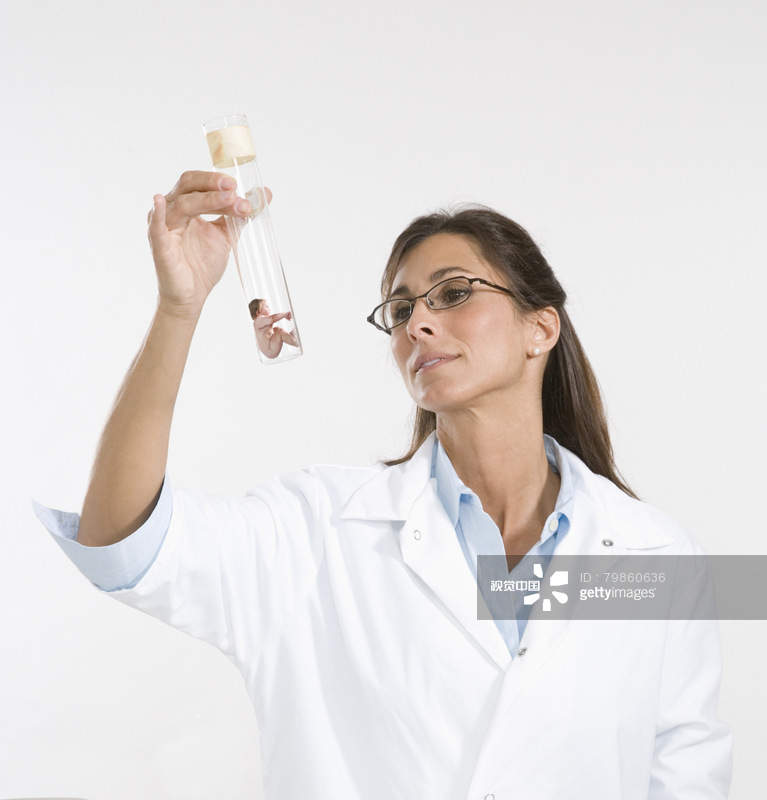News and Information
Eggs created from discarded genetic material could double IVF treatment success: study

Until now, polar bodies had never been shown to be potentially useful for generating functional human eggs for fertility treatments.
In the study, scientists at Oregon Health & Science University (OHSU) and the Salk Institute for Biological Studies successfully transplanted a polar body from a woman's developing egg into the cytoplasm of a donor egg stripped of its nucleus.
When fertilized with sperm, the resulting eggs developed into viable embryos, none of which were implanted to carry out an actual pregnancy.
Though the technique could be years away from progressing to clinical trials, the advancement eventually could be significant for women of advanced maternal age, since fertility declines as women get older, the researchers said.
"Normally, polar bodies disintegrate and disappear during egg development," said co-first author Hong Ma, with OHSU's Center for Embryonic Cell and Gene Therapy. "We were able to recycle them. We hope that by doing this, we can double the number of patient eggs available for in vitro fertilization."
"This is the first investigation into the surprising viability of human polar bodies and it reveals a new source of previously discarded genetic material to study," Ryan O'Neil, co-first author and Salk researcher, added.
In addition to potentially benefitting women of advanced maternal age, the technique may present another opportunity to help women known to have mutations in their mitochondria, the tiny powerhouses inside nearly every cell of the body.
Mutations in mitochondria can result in debilitating forms of disease in children.
The work, however, could be controversial because babies born using the technique have DNA from three people -- two parents and a donor woman.
"This technology will be limited to countries, where IVF (in-vitro fertilization) programs are allowed to coordinate oocyte (egg) donation cycles with compensation of donors," Ma told Xinhua. "This technology have to meet safety and efficacy requirements of regulatory agencies before approval for routine clinical applications."
Dagan Wells, associate professor at the University of Oxford, who was not involved in the study, said while the work is technically impressive, it is important not to overstate the possible benefits of this procedure.
"While it is true that some forms of infertility are caused by defects in the egg, by far the most common egg problem is chromosome abnormality," Wells said in a statement.
"Unfortunately, the chromosome abnormalities seen in the egg tend to be mirrored in the polar body, so most abnormal eggs will also have abnormal polar bodies. This is not to say the approach will be useless, but its clinical impact might be less than one might imagine."



